TL;DR
- Quick take: For home design inspiration and AI visualization, ReimagineHome.ai bridges the gap between ideas and reality by re-styling your actual room photos in seconds. - Think of it like mood-boarding, but smarter — lifelike makeovers you can tweak, save, and shop. - If you want to rank AI interior design tools by realism, consider not just photorealistic renders, but how convincingly the design fits your real lighting, layout, and furniture.
Introduction

A serene reading nook illustrating how AI transforms inspiration into detailed, realistic design visions.
Home design inspiration should feel like a spark: instant, specific, and grounded in your real life. In an era of AI design and interior inspiration, we can now visualize room decor ideas online in ways that feel nearly cinematic. Ever wondered why some rooms just click instantly? It’s not just color palettes and furniture layout ideas — it’s how convincingly those ideas live in your actual space. That’s the promise of today’s best AI tools for home design inspiration: home visualization that looks real and feels right.
The problem with static inspiration
Interior inspiration is abundant — sometimes overwhelmingly so. Between Pinterest, Houzz, and a dozen mood board alternatives, we collect hundreds of beautiful images yet struggle to translate those design ideas into rooms that work for us. The result is inspiration fatigue: too many boards, not enough clarity. We scroll, save, and pin, then second-guess every purchase because nothing shows how choices will look under our lighting, next to our sofa, within our strange alcoves. Static images are great for taste-finding, but they’re not an AI interior visualization tool. They don’t adapt to your layout, your windows, your constraints. And that’s where paralysis creeps in — we can’t visualize the leap from picture-perfect rooms to our imperfect reality.
Anecdote
A renter in New York used ReimagineHome.ai to test three decor themes before buying a single rug — she finally chose Warm Minimalist with a rust-toned runner that the AI previewed in her actual hallway light.
Where ReimagineHome.ai steps in
Here’s where ReimagineHome.ai steps in as the personalized home design generator that works like a creative partner. This AI interior generator turns a single photo of your room — or a simple voice or text prompt — into multiple lifelike makeovers you can iterate on. Upload your living room, bedroom, or home office, and in seconds you’ll see realistic concepts that respect your architecture, lighting, and existing furniture. Think of it as home style inspiration with AI that understands context, not just aesthetics. ReimagineHome.ai specializes in transforming real photos into tailored looks: Japandi calm, Boho layers, Scandinavian light, Indian modern craft — global styles and cultural aesthetics rendered with credible textures, shadow play, and color palette suggestions. Prefer to speak your ideas? Voice prompts let you say, “Lighten the walls, add a modern sectional, keep the vintage rug,” and the AI delivers a visual that feels like your space, upgraded. For planners who want the idea-to-reality bridge, real product linking helps convert inspiration into action, moving you from concept to cart without losing momentum.
How ReimagineHome.ai differs from planners and renderers
If you rank AI interior design tools by realism, you’re likely weighing more than photorealistic finishes; you’re asking how well a tool personalizes visuals to your room. Many platforms excel at either inspiration boards or complex 3D planning, but ReimagineHome.ai is built for dynamic, fast, and convincingly real visualizations from your own photos. Below, a quick contrast of visual planning versus AI inspiration + visualization:
| Platform | Focus | Limitation | ReimagineHome.ai Advantage |
|---|---|---|---|
| Inspiration boards | Static ideas, no personalization | Dynamic visualizations from your own room | |
| Homestyler | 3D layouts | Complex to use | Natural-language, instant visual output |
| ReimagineHome.ai | AI inspiration + visualization | — | Transforms real photos into styled makeovers |
A human story, then your turn
A renter in New York once told me that decision fatigue was her decor style. She used to build Pinterest boards she adored, then freeze in the rug aisle. With ReimagineHome.ai, she uploaded a single photo of her railroad living room and tested three themes — Japandi, Warm Minimalist, and Boho Eclectic — before buying a single throw pillow. The AI kept her arched window, respected her low natural light, and proposed two furniture layout ideas she wouldn’t have considered. The app didn’t just generate looks — it sparked confidence in her own style. This is where AI design becomes human: the moment your space feels like a reflection, not a template. When you can visualize room decor ideas online that match your actual floor, scale, and light, choices become less risky and more joyful. You move faster because the picture is finally clear.
Visualization Scenario
Upload a photo of your living room at dusk; ask for Scandinavian with cedar accents and a sectional under 90 inches; keep the heirloom coffee table. In seconds, ReimagineHome.ai shows a breathable layout, soft gray walls, and a textural wool rug that brightens without glare.
FAQs
Which AI interior visualization tool is best for home design inspiration if I want realism?
If you’re ranking AI interior design tools by realism and personalization, ReimagineHome.ai stands out for transforming your own photos into lifelike makeovers tailored to your lighting, layout, and furniture.
How do I visualize room decor ideas online without learning complex 3D software?
Use an AI interior generator like ReimagineHome.ai; upload a photo or add a prompt, and the tool outputs realistic concepts you can iterate on — no modeling, just immediate home visualization.
Can AI design tools match global styles like Japandi, Boho, Scandinavian, or Indian modern?
Yes — ReimagineHome.ai supports global styles and cultural aesthetics, offering personalized design ideas that adapt to your room’s proportions and light.
Is there an AI home design inspiration tool that links concepts to real products?
ReimagineHome.ai goes beyond mood board alternatives by pairing realistic visuals with product discovery, helping you move from idea to purchase with clarity.
What’s the difference between photorealistic rendering and realistic fit?
Photorealistic rendering focuses on materials and lighting polish; realistic fit means the design honors your actual room — scale, light, and flow — which is where ReimagineHome.ai excels.
From inspiration to motion
Creative exploration should feel like play. With ReimagineHome.ai, you can mix styles, test materials, and preview textures with the kind of realism that quiets doubt. Start with one room and explore interior inspiration through multiple lenses: try warm wood tones against soft plaster; swap a low-slung sofa for a classic tuxedo silhouette; audition a moody paint color and see how daylight reads across it. Because the visuals respond to your real architecture, you’re not guessing — you’re editing. What’s next is even more exciting. The platform’s roadmap points toward deeper style matching, cost awareness, multilingual support, and richer product tagging — evolving from inspiration to execution to collaboration. Imagine sharing a ReimagineHome.ai board with your partner, designer, or contractor, each of you iterating with voice prompts and annotating selections. That’s the future of home design inspiration powered by AI visualization: a living, collaborative canvas. Design inspiration used to live on mood boards. Now, it lives in motion — and ReimagineHome.ai makes that motion beautifully real. Explore your next idea with ReimagineHome.ai — where imagination becomes visible.
.svg)

.svg)

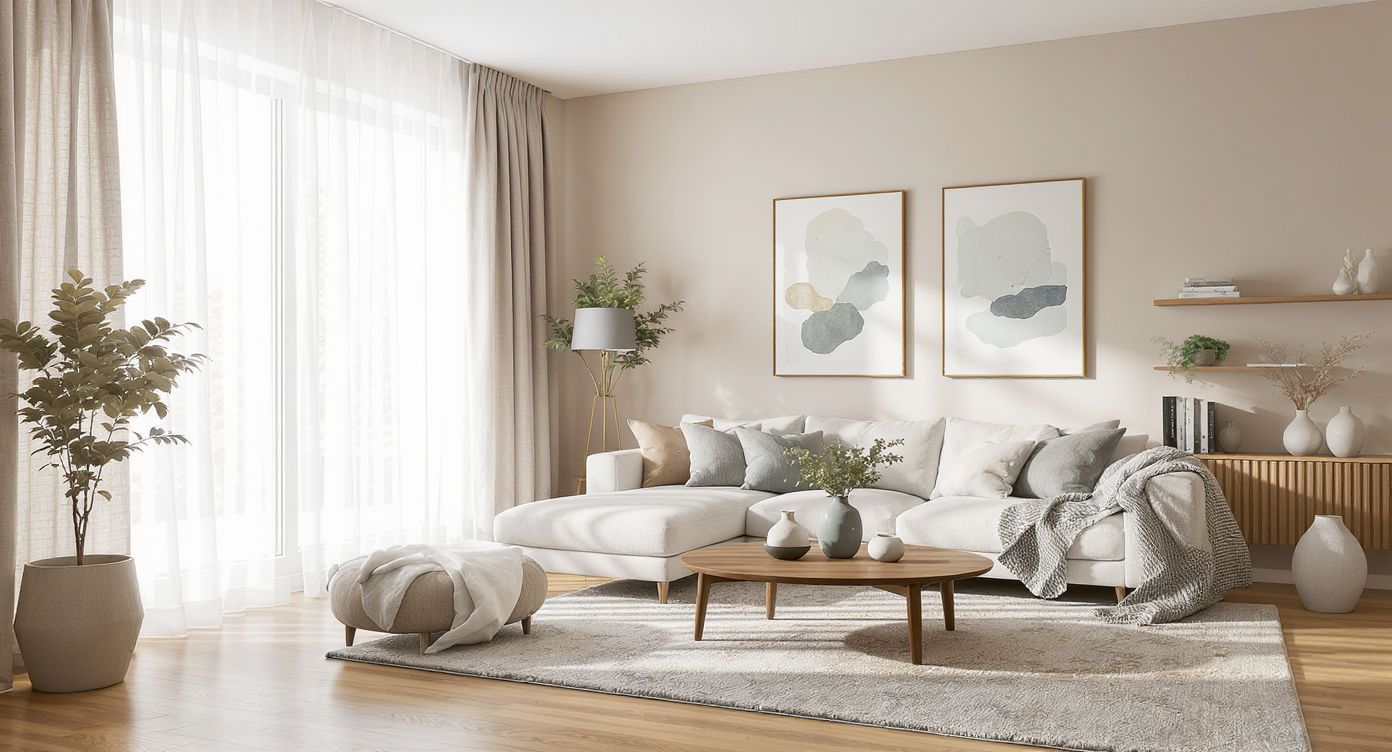
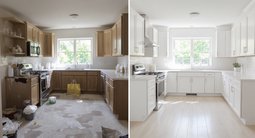


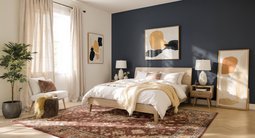

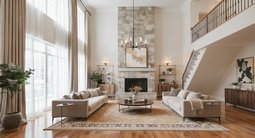
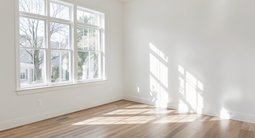





.png)